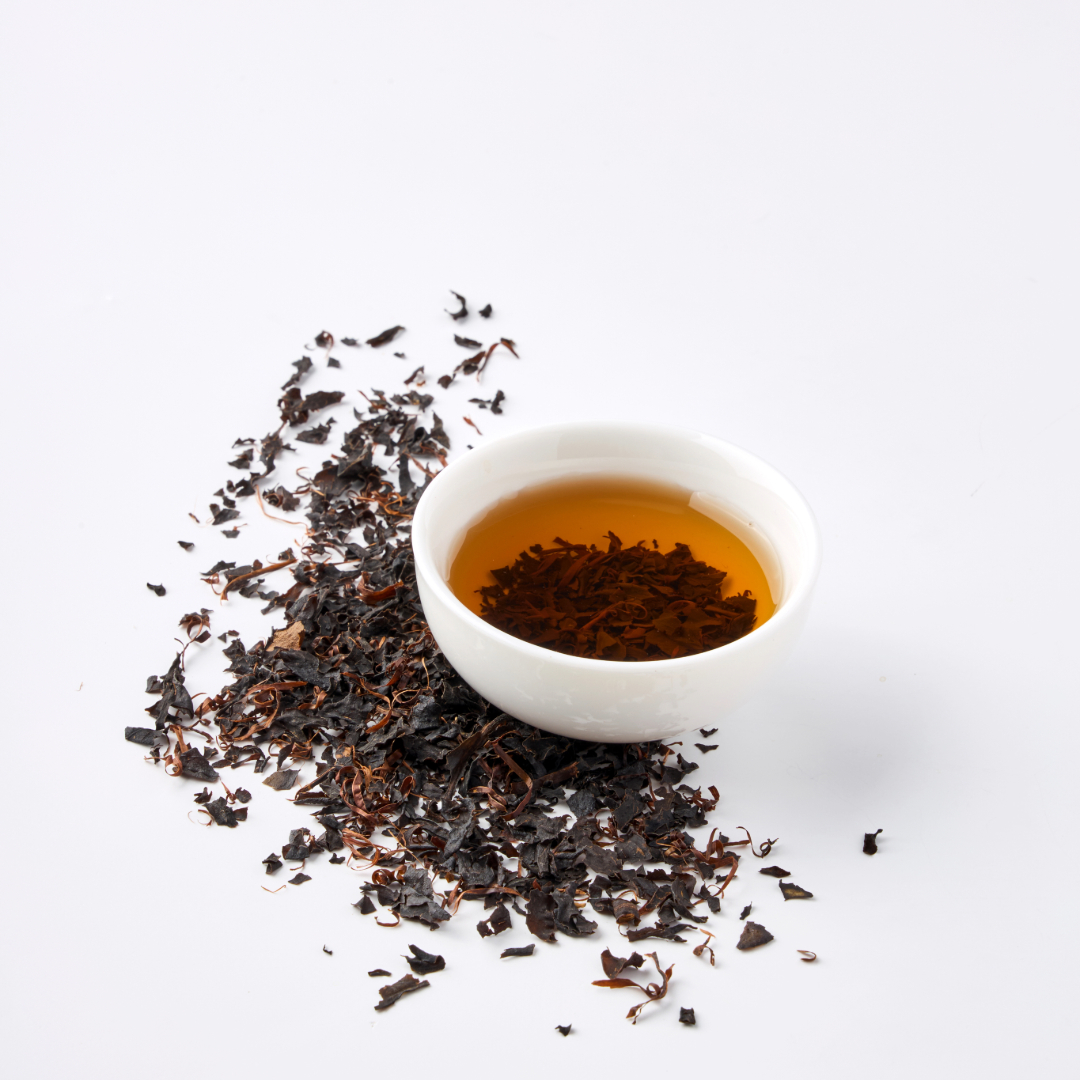
The color of tea leaves varies for the following reasons:
Tea Varieties - Different varieties of tea leaves, such as green tea, black tea, and oolong tea, have different colors due to the chemical composition of the leaves.
Production Process - The manufacturing process of tea, such as withering, rolling, and drying, affects the color of the tea leaves. For instance, green tea usually retains its green color, while black tea appears reddish-brown.
Harvesting Time - The same type of tea can have slightly different colors depending on whether it is harvested in early spring or late autumn. Tea leaves picked in early spring are tender and greener, while those harvested in late autumn are more mature and have a deeper color.
Growing Environment - The growing environment of the tea plant, such as climate, soil, and altitude, influences the color of the tea leaves. For example, the color of high mountain tea usually differs from that of lowland tea.
Post-Harvest Processing - Some tea leaves undergo post-harvest processing, such as roasting or fermentation, which also affects the final color of the tea leaves.

A detailed explanation of the differences in color among black tea, green tea, and oolong tea due to the different components in the leaves:
Reasons for Tea Color Differences:
Green Tea:
Green tea mainly undergoes a process called "kill-green," where high temperatures are used to quickly stop the oxidation and preserve the green pigments.
The primary pigment in green tea is chlorophyll. Through the kill-green process and subsequent processing, chlorophyll is retained, resulting in a vibrant green color.
Black Tea:
Black tea undergoes full oxidation, during which chlorophyll is broken down and pigments turn into theaflavins and thearubigins.
Theaflavins and thearubigins are the main pigments in black tea, giving it a reddish-brown color.
Oolong Tea:
Oolong tea is partially oxidized, placing it between green tea and black tea.
The pigments in oolong tea are mainly chlorophyll with some thearubigins, giving it a unique mix of green and red hues.
The color of tea leaves is also closely related to their nutritional content and chemical composition:
Green Tea:
The main nutrients in green tea are chlorophyll, amino acids, and vitamin C.
It retains a high amount of chlorophyll, giving it a vibrant green color, and it is also rich in various nutrients.
Black Tea:
Through full oxidation, chlorophyll in black tea is broken down and replaced by theaflavins and thearubigins.
Black tea has a darker color but is relatively high in polyphenols, minerals, and other antioxidants.
Oolong Tea:
Oolong tea undergoes partial oxidation, retaining some chlorophyll and generating some thearubigins.
It has a color that is a mix of green and red, with nutritional content between that of green and black tea.
In conclusion, the color differences among various types of tea reflect their differences in chemical composition and nutritional value. The richness of tea colors is a vivid representation of the diversity in tea nutrition.Therefore, the color of tea leaves varies greatly, reflecting the characteristics of the tea and showcasing the skills of the tea artisans. This diversity is part of the beauty of tea.
.jpg)


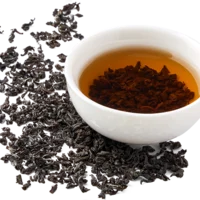
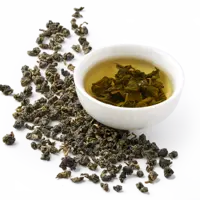
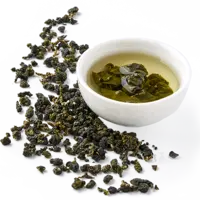
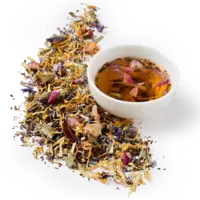
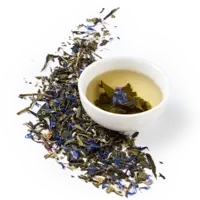
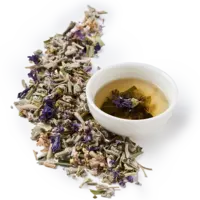






.jpg)